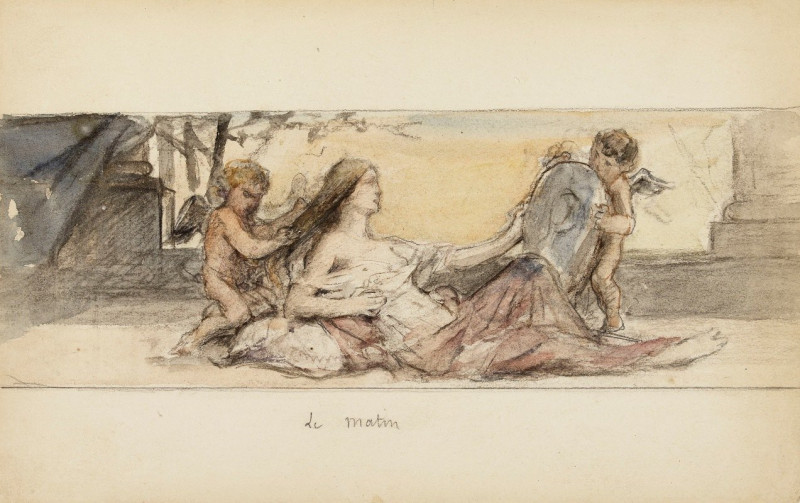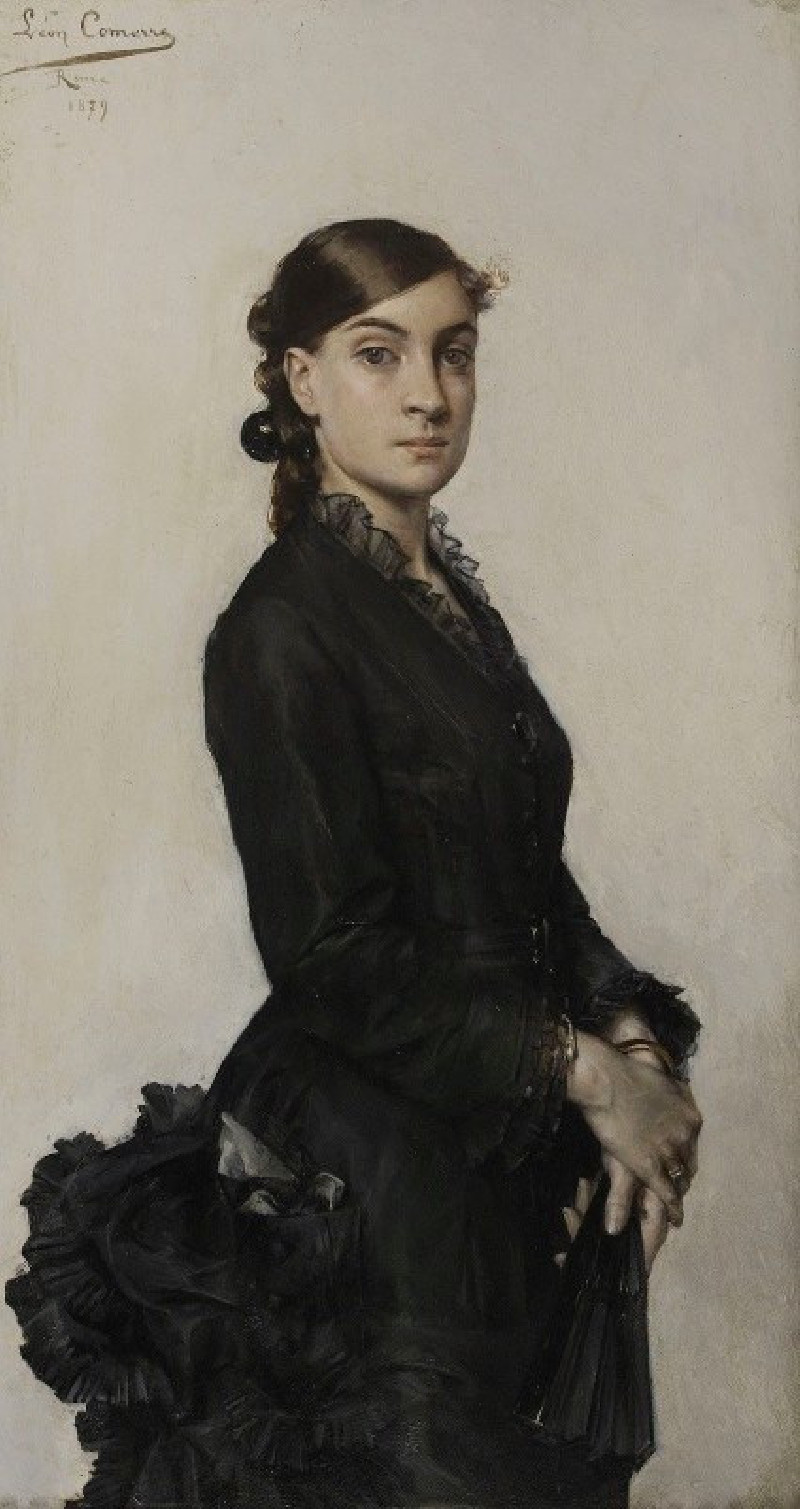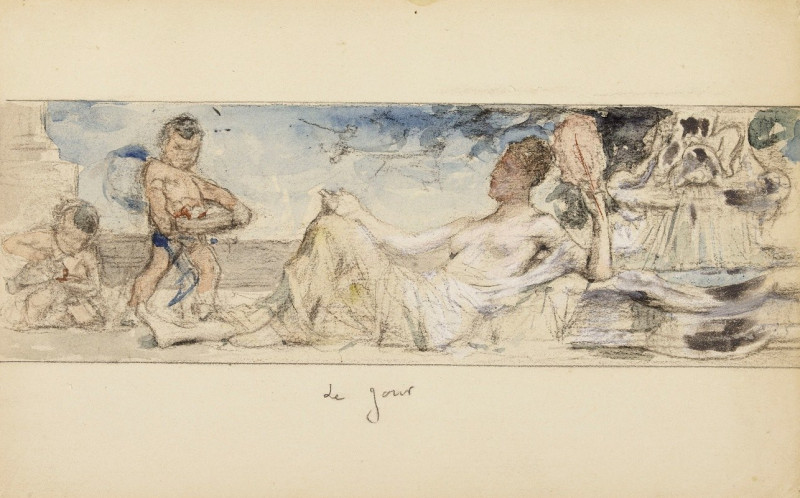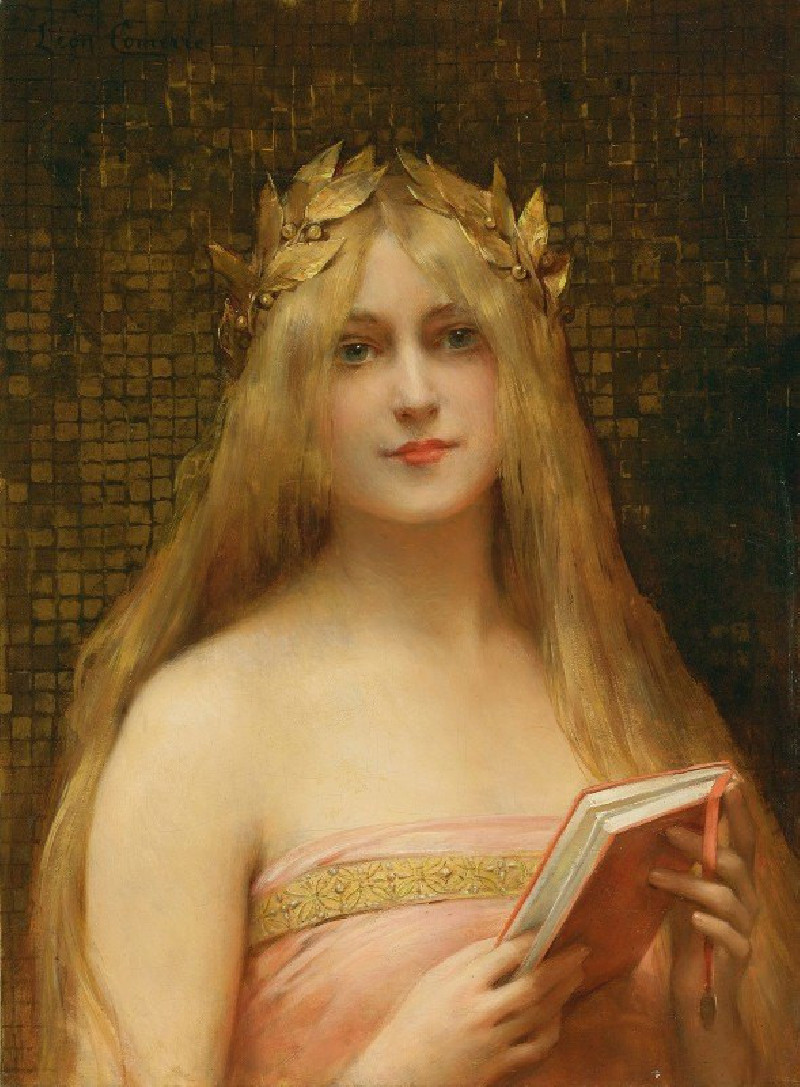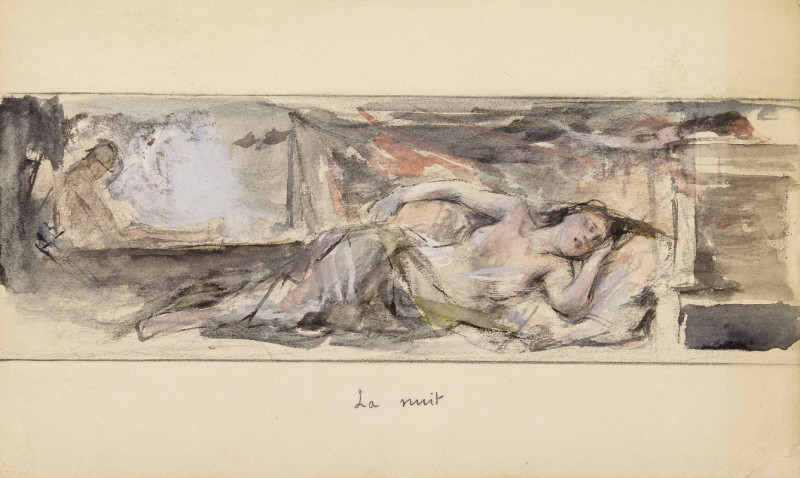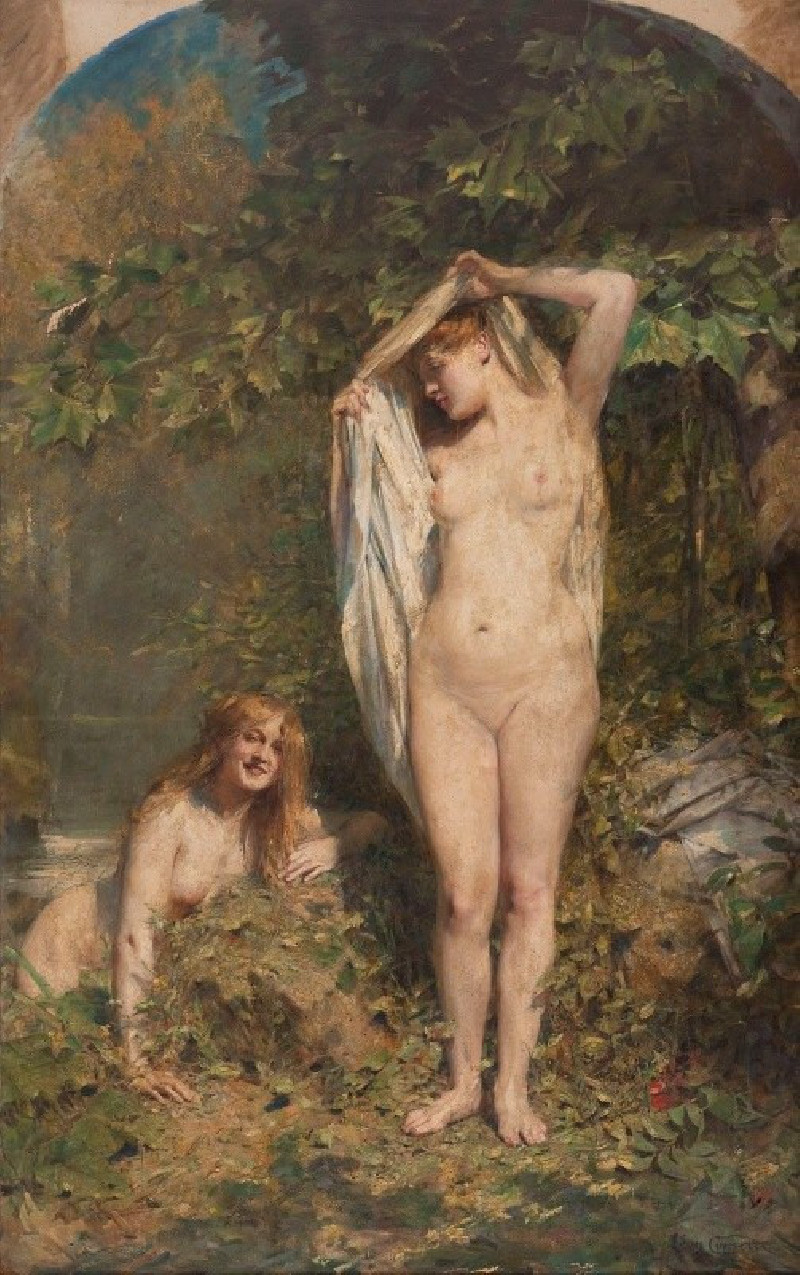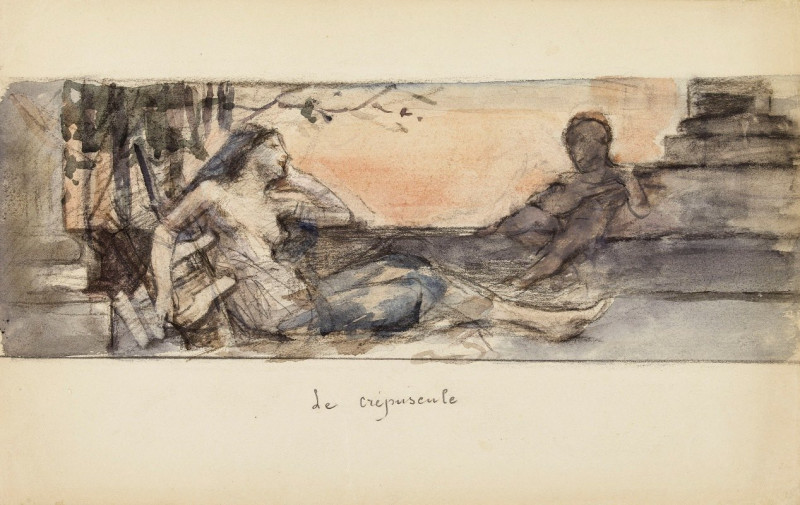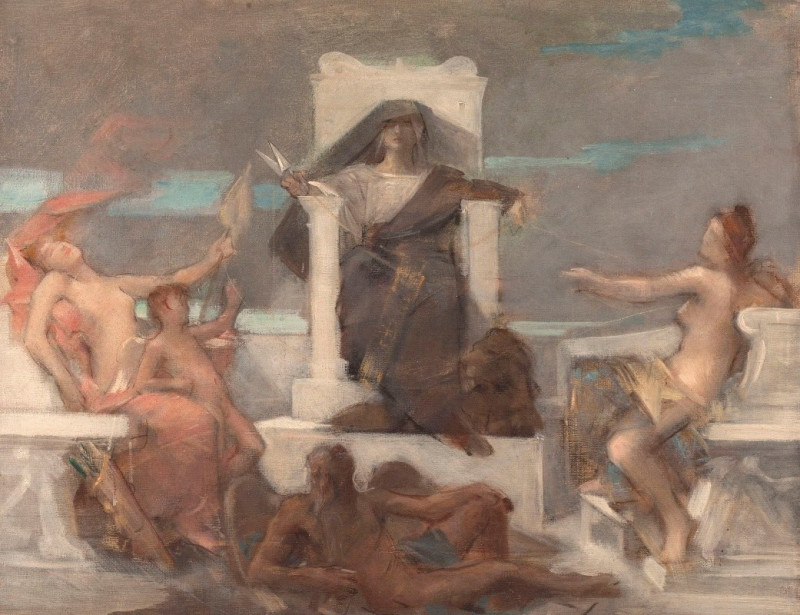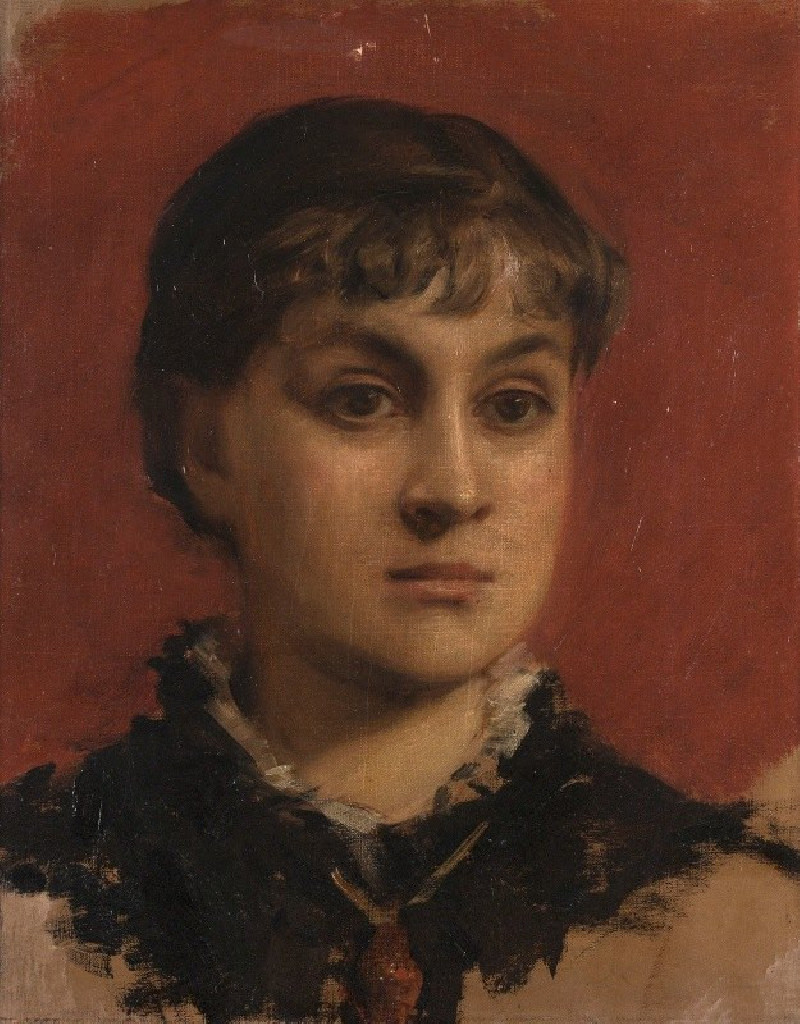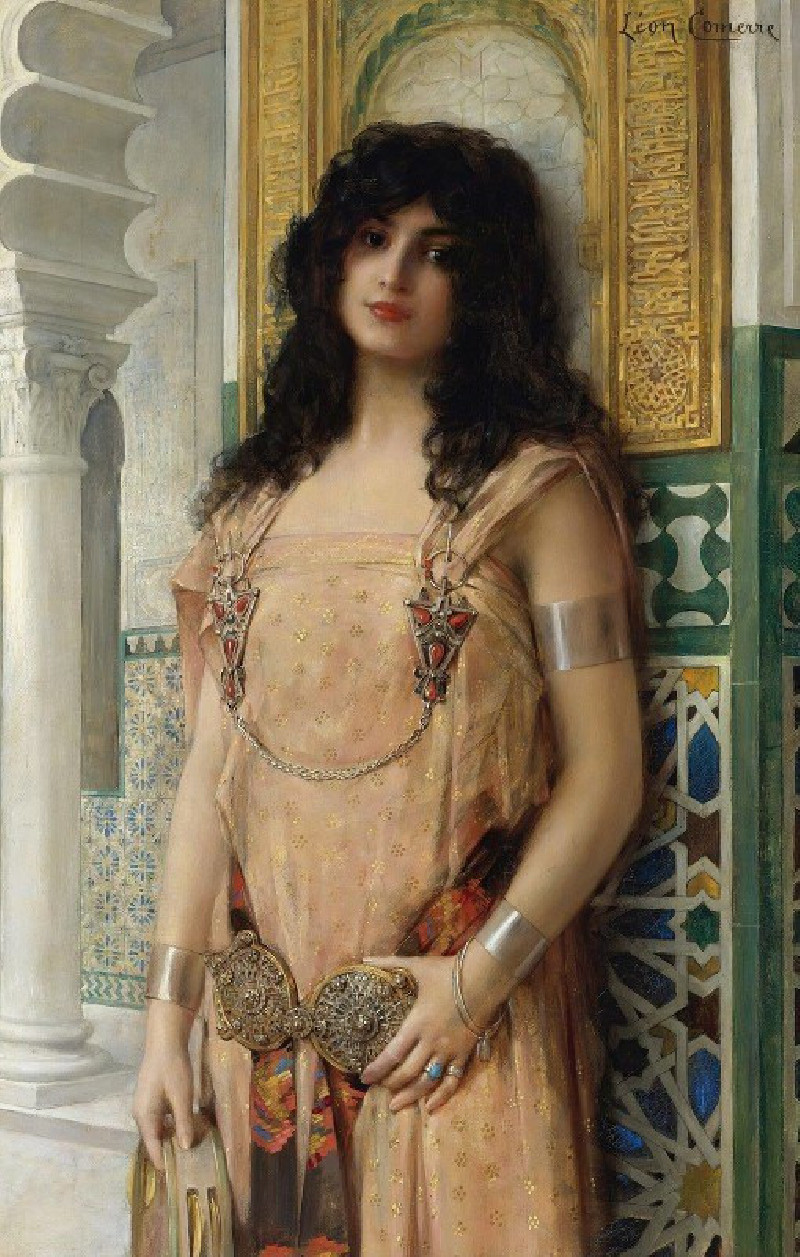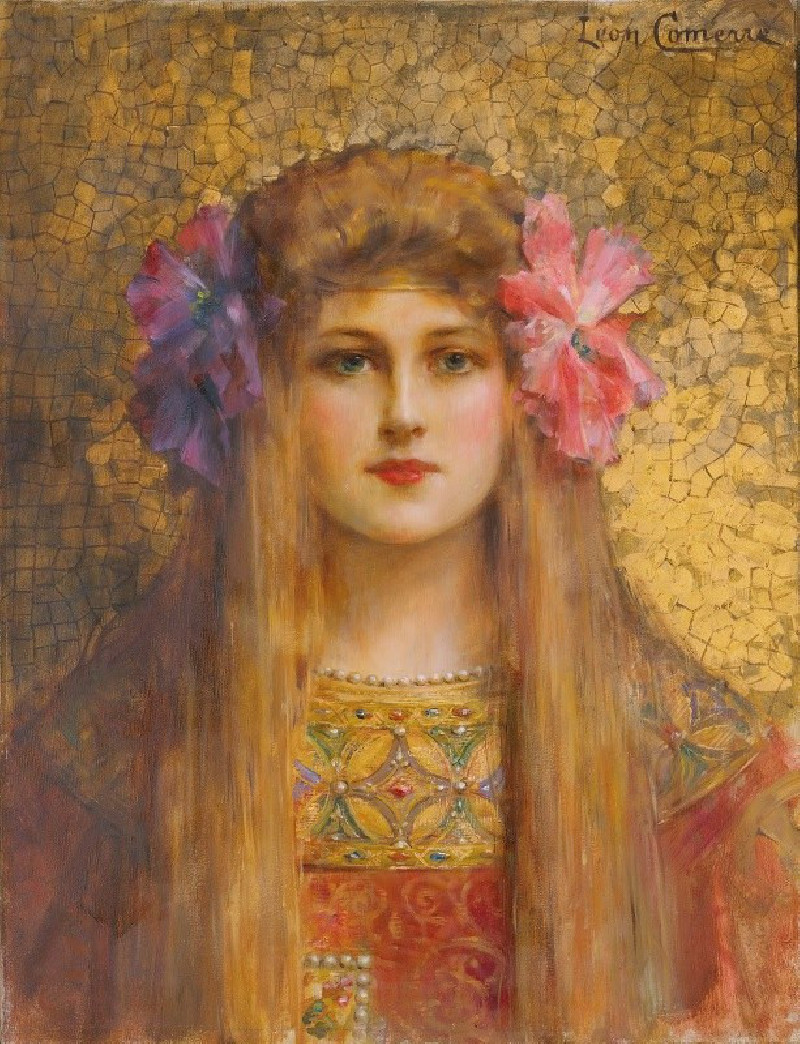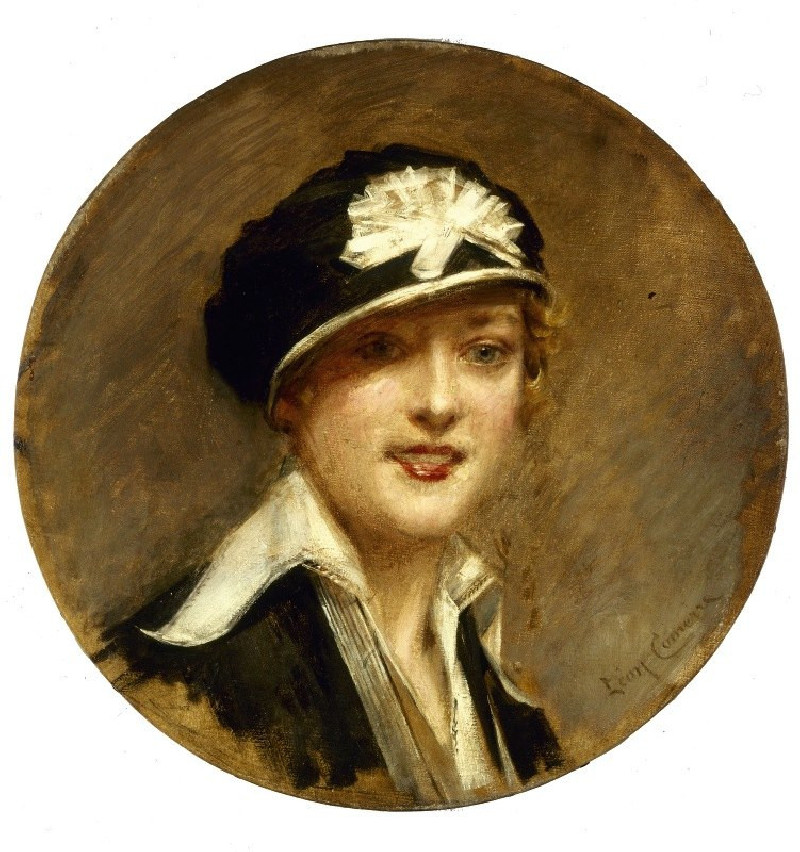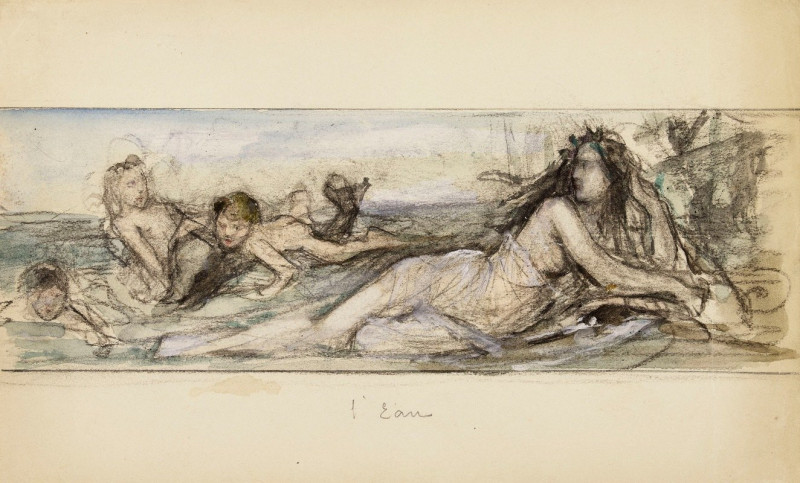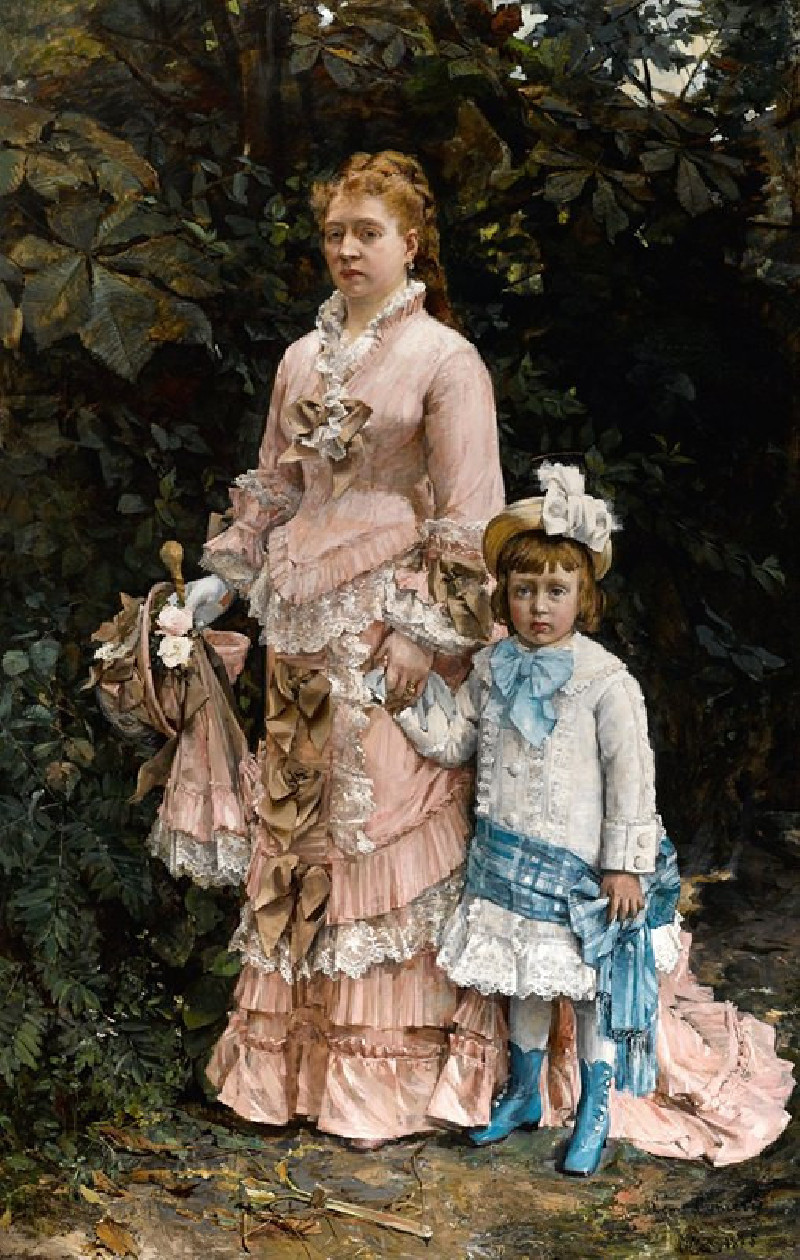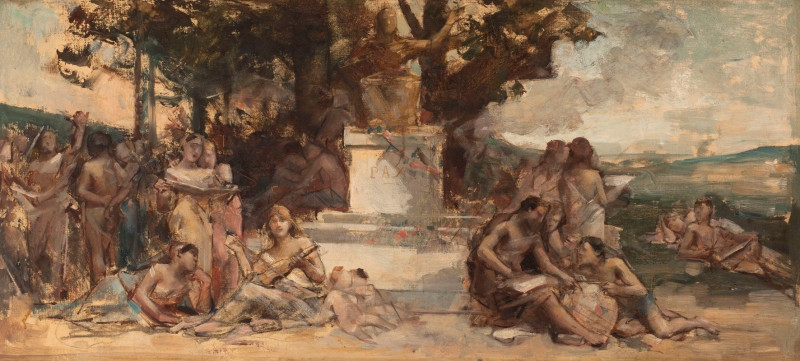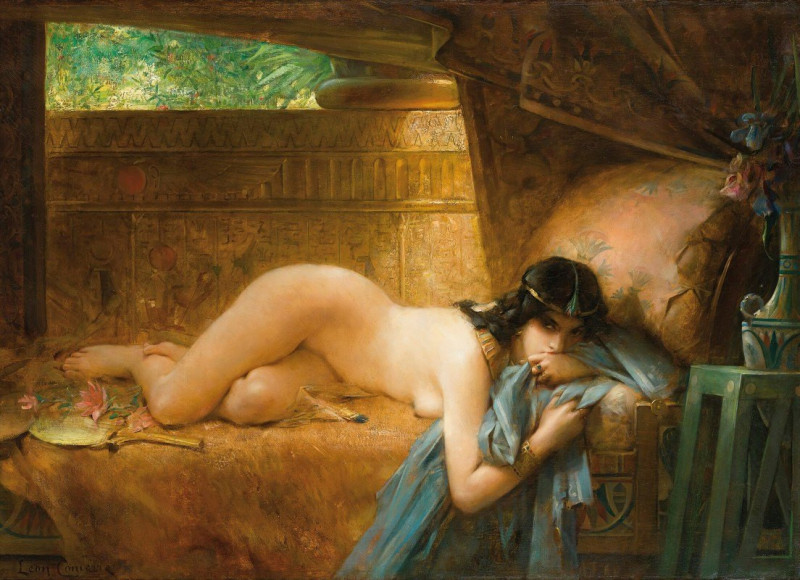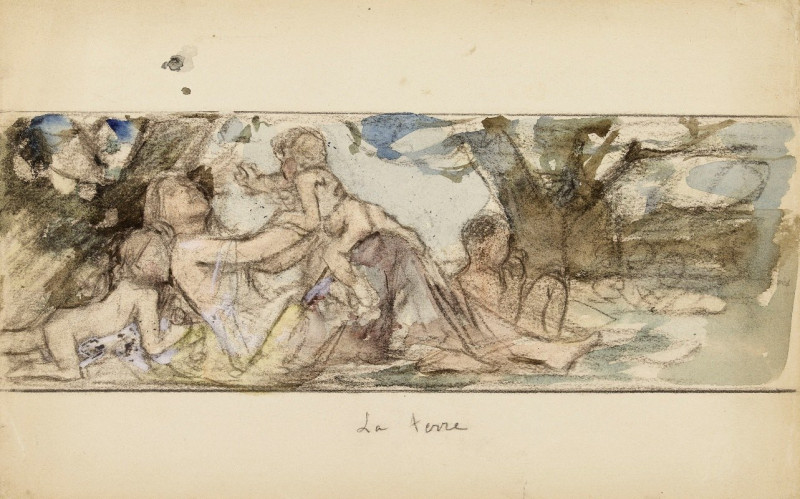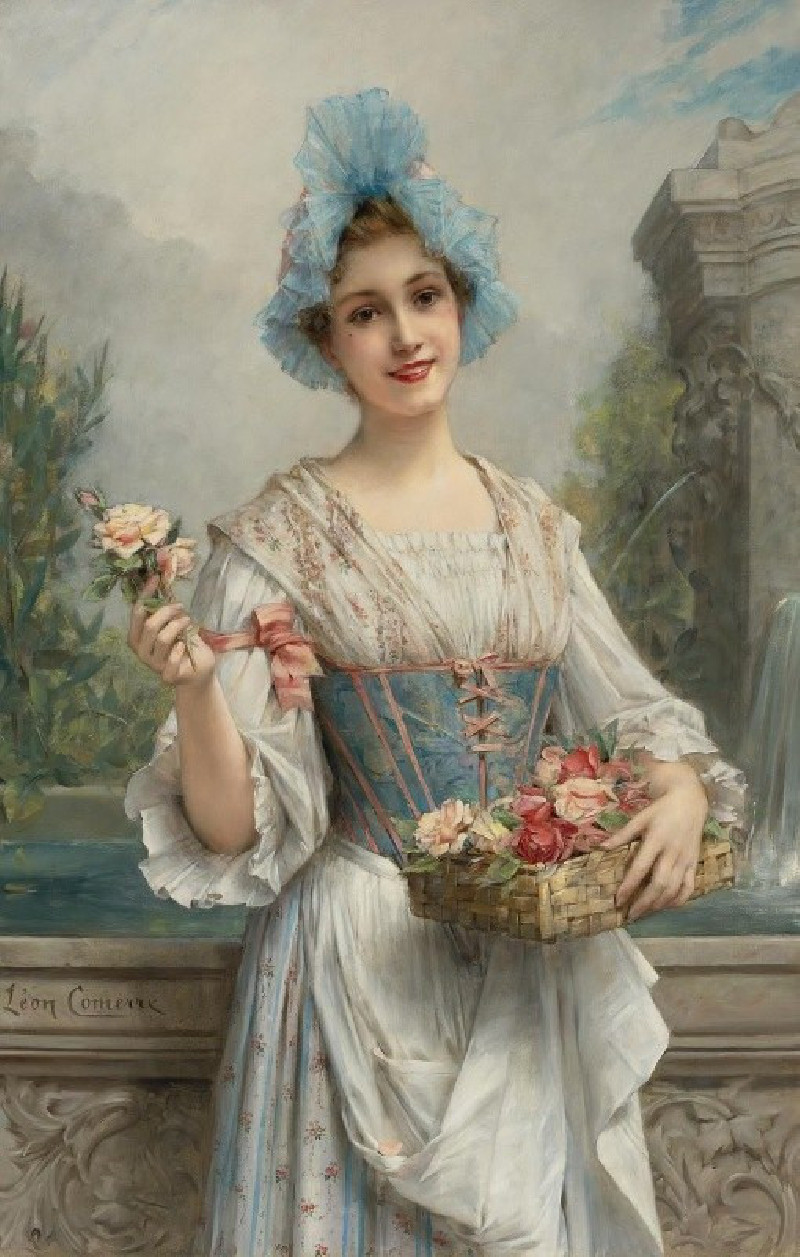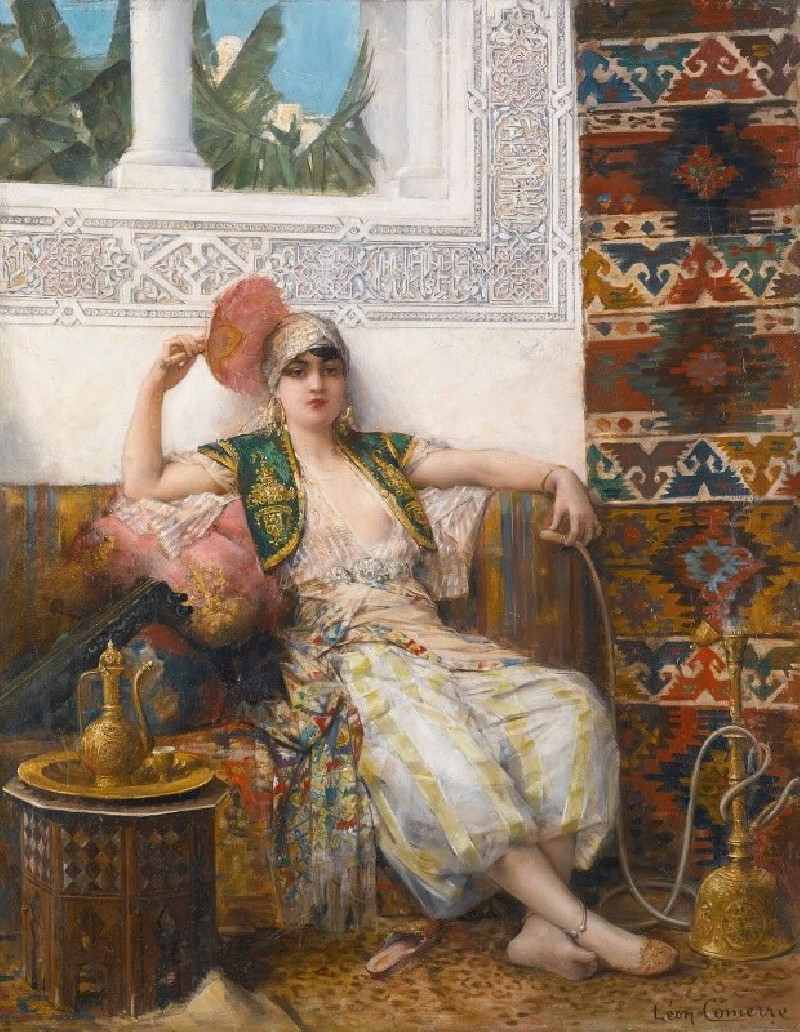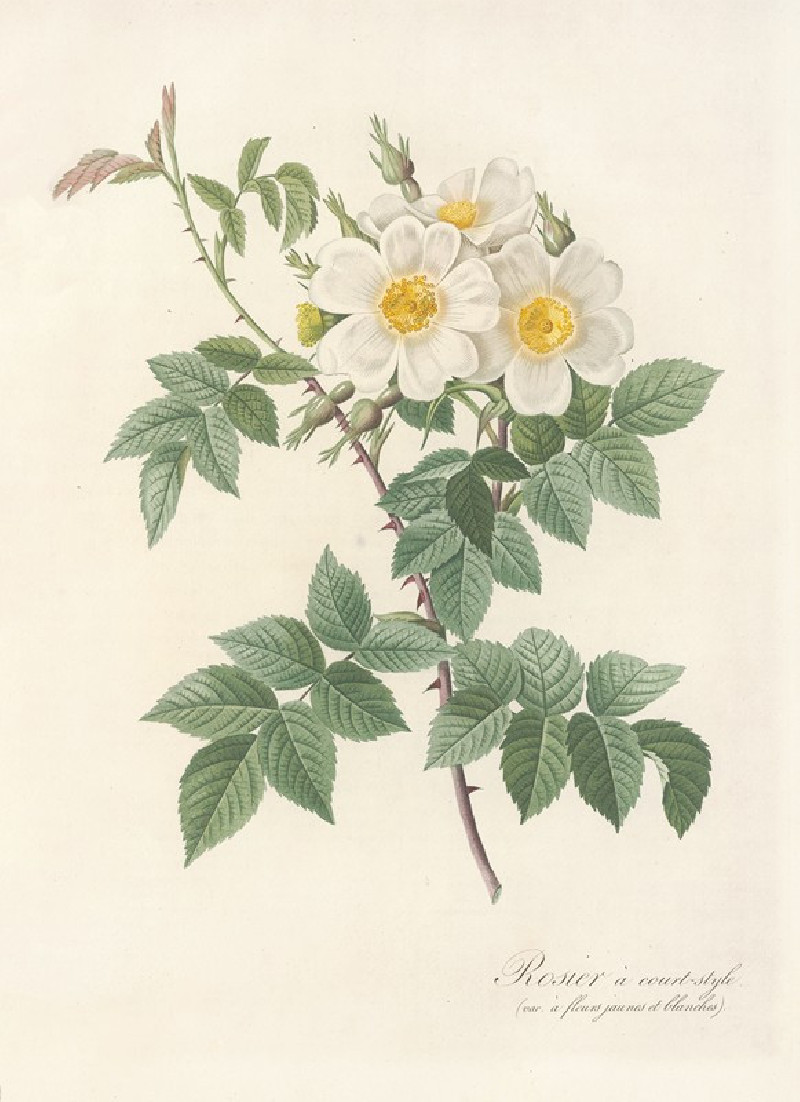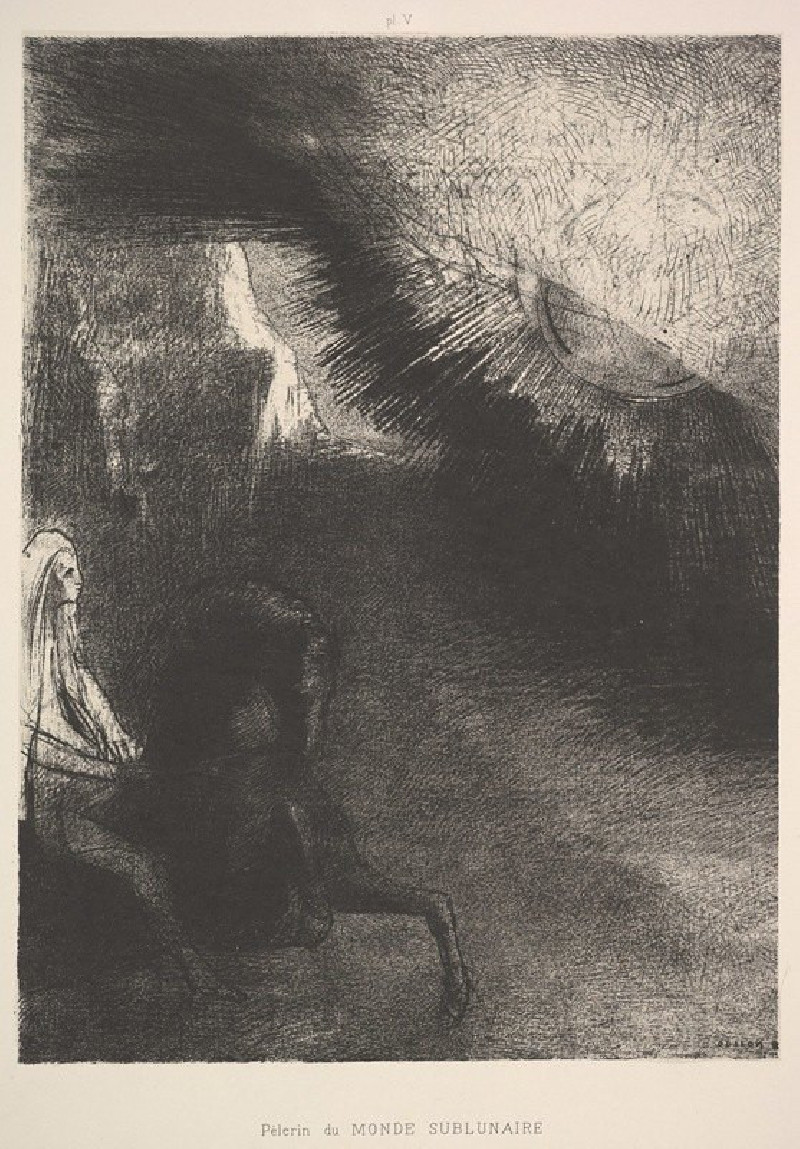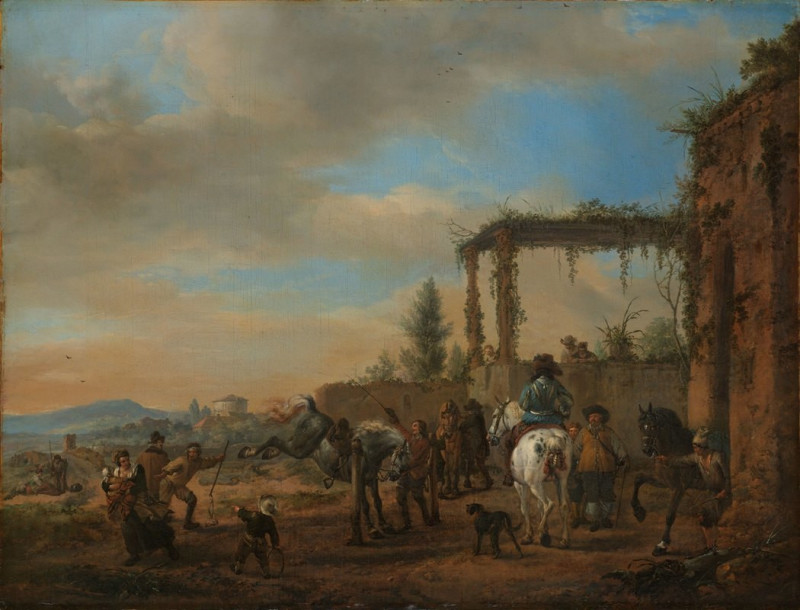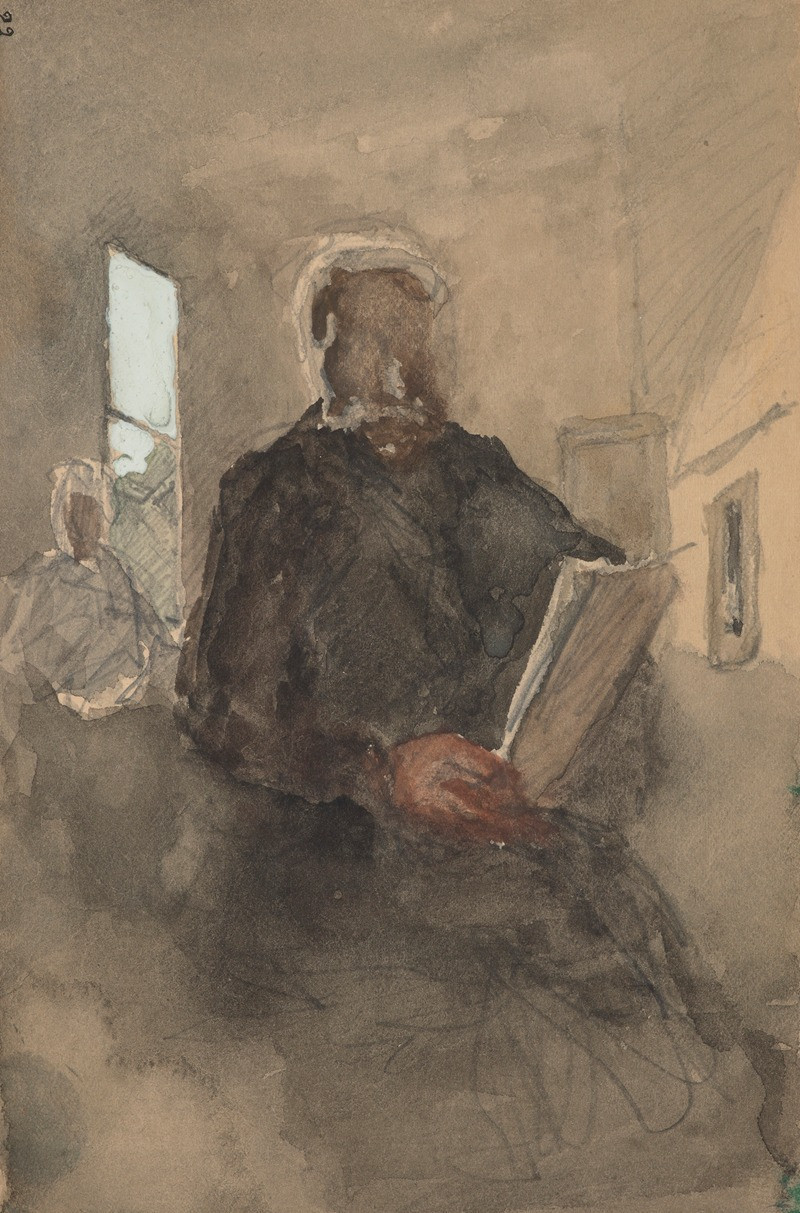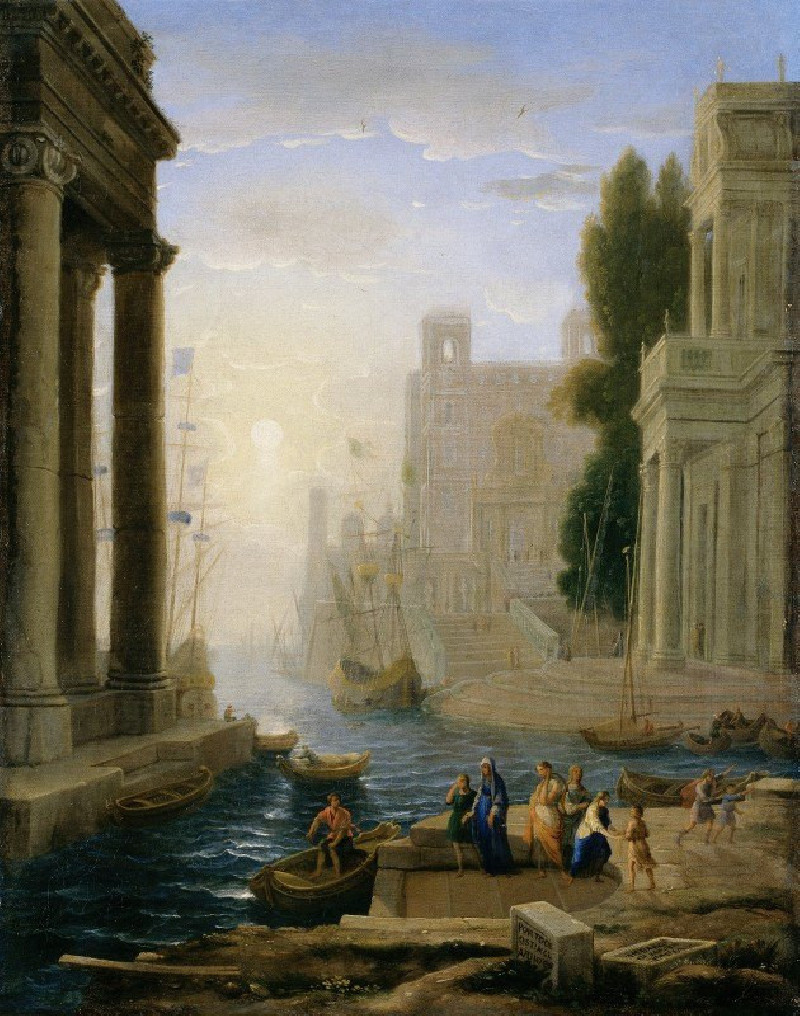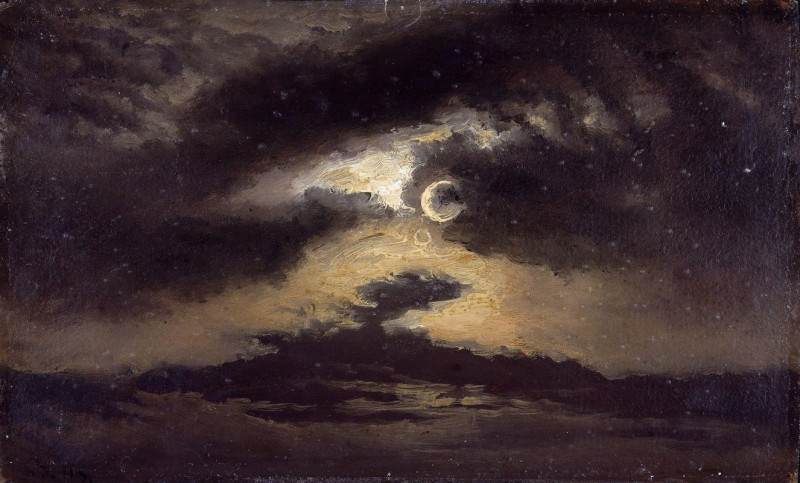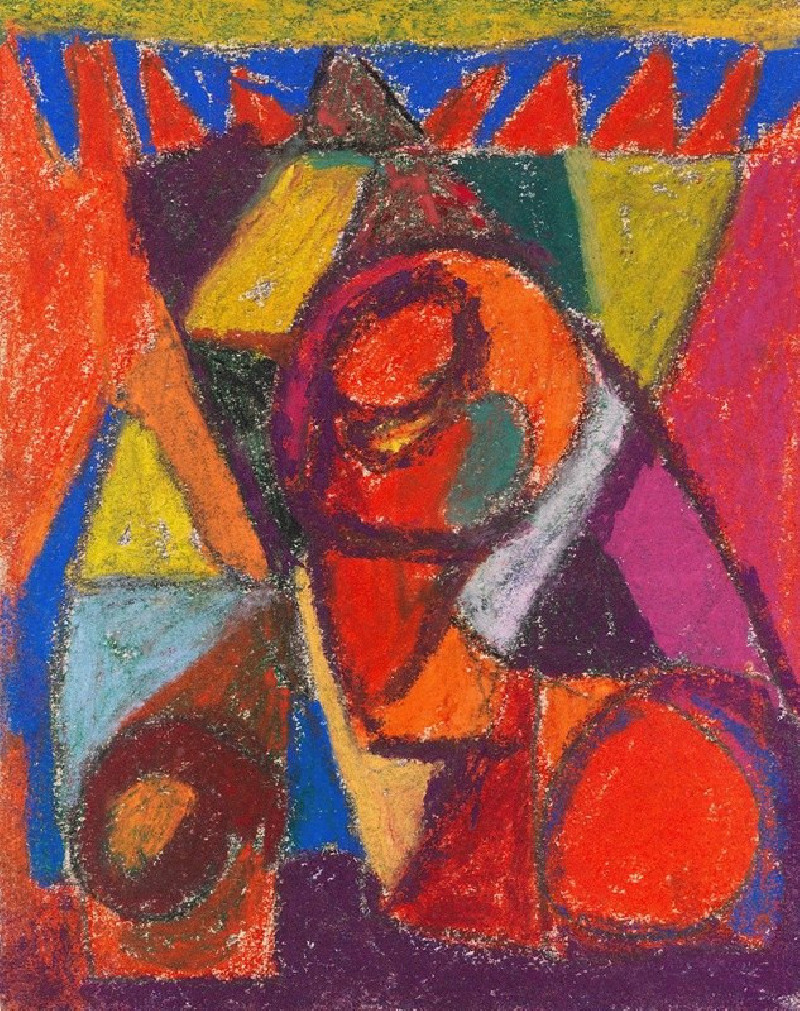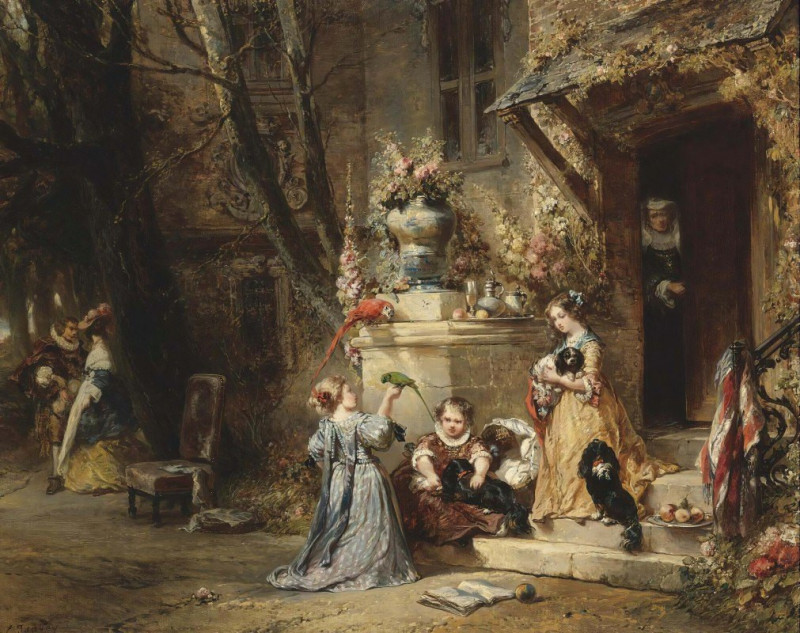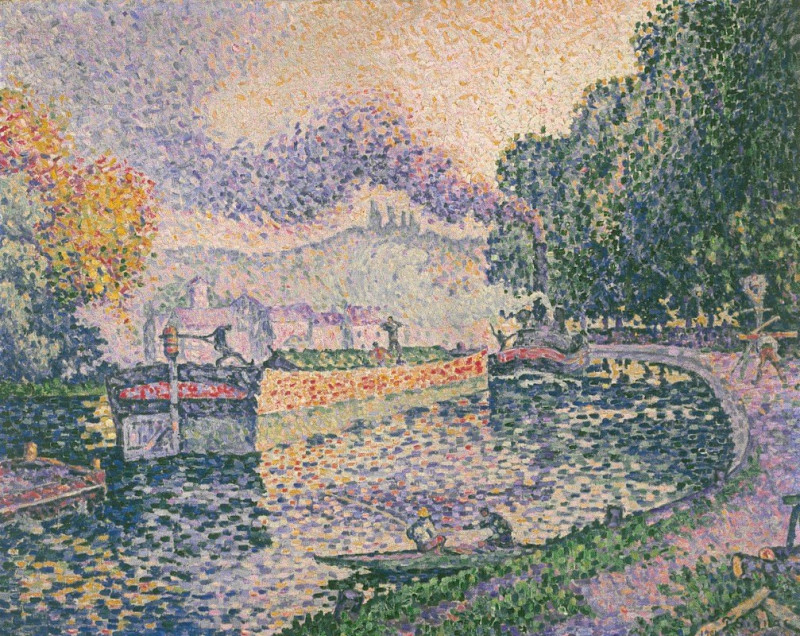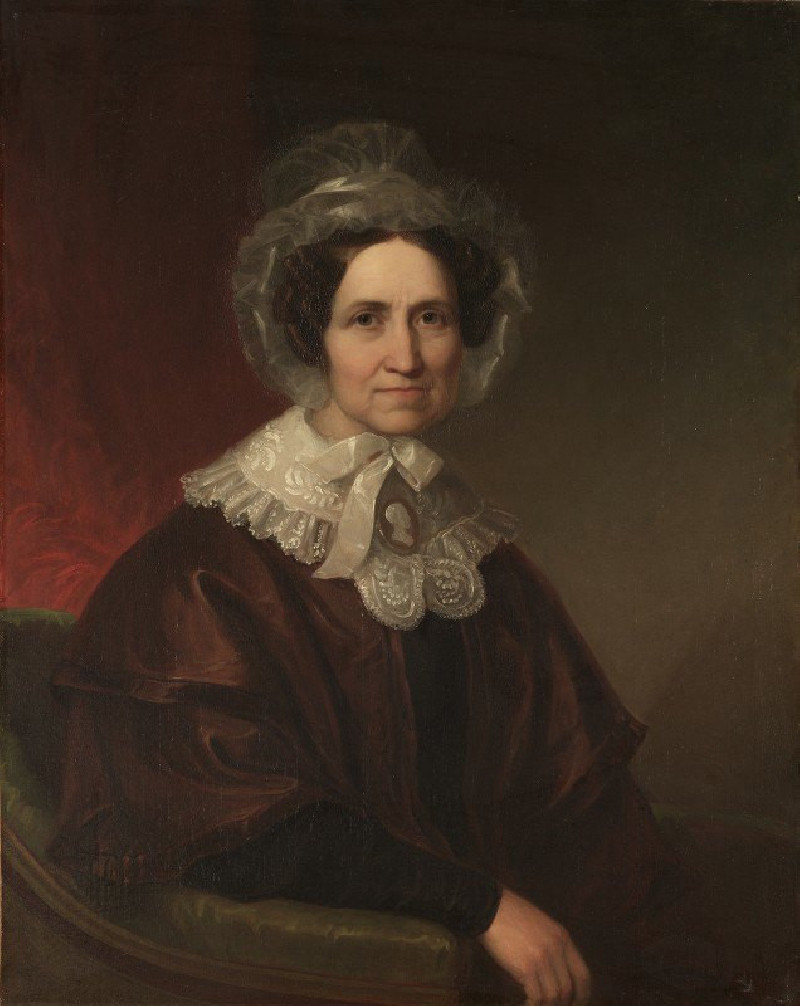Le jour
Technique: Giclée quality print
Recommended by our customers
More about this artwork
Léon François Comerre's "Le jour" offers a fascinating glimpse into an ethereal blend of watercolor and ink, invoking a dream-like quality that challenges the viewer to delve deeper into its composition. This piece exhibits an elegant fusion of abstract and figurative elements, portraying a series of figures that seem to exist both in isolation and in harmony with one another.At the foreground of the painting, a central figure reclines gracefully, draped in a fabric that catches the eye with its vibrant splash of color amidst the otherwise muted palette. This figure, possibly representing Day or Dawn, lounges passively, suggesting a state of rest or the calm of the morning.Surrounding this serene protagonist are several other figures, drawn with less definition yet contributing to the overall sense of motion and activity that contrasts with the tranquility of the central figure. To the left, a figure stands, perhaps engaged in an everyday routine, depicted in swift, sketch-like strokes that suggest movement and the flow of life. To the right, another figure stretches across the composition, adding a dynamic element to the scene.The backdrop features delicate, ghostly imprints of architectural forms and other indistinct shapes, enriching the scene with a sense of depth and complexity. This layering of elements makes "Le jour" not just a visual experience but a narrative one, inviting interpretations that ponder over the cyclical nature of time, the ephemeral quality of life, and the interplay between light and darkness.
Delivery
Returns
Léon François Comerre was a French academic painter, famous for his portraits of beautiful women and Oriental themes.
Comerre was born in Trélon, in the Département du Nord, the son of a schoolteacher. He moved to Lille with his family in 1853. From an early age he showed an interest in art and became a student of Alphonse Colas at the École des Beaux-Arts in Lille, winning a gold medal in 1867. From 1868 a grant from the Département du Nord allowed him to continue his studies in Paris at the famous École nationale supérieure des Beaux-Arts in the studio of Alexandre Cabanel. There he came under the influence of orientalism.


